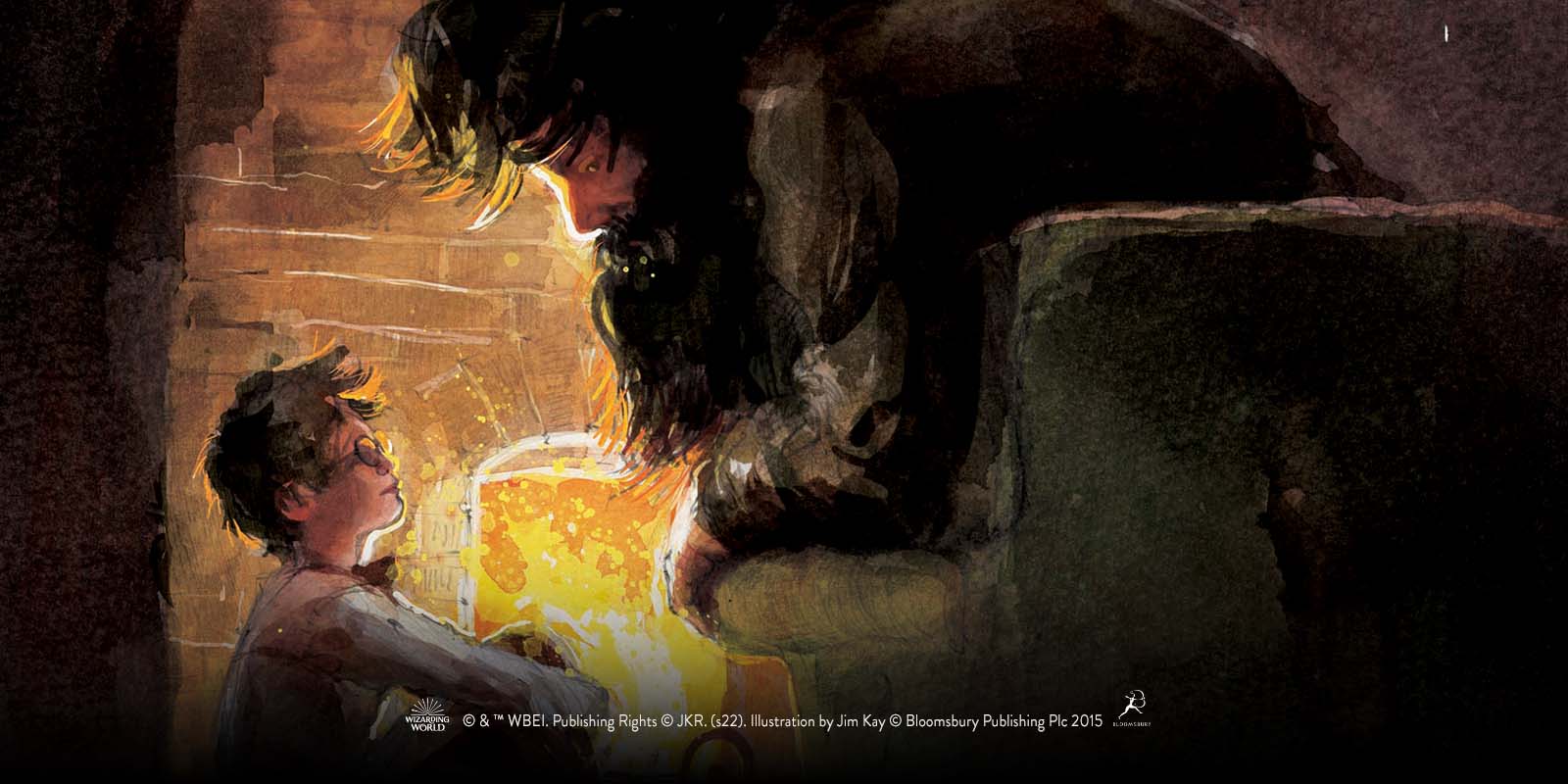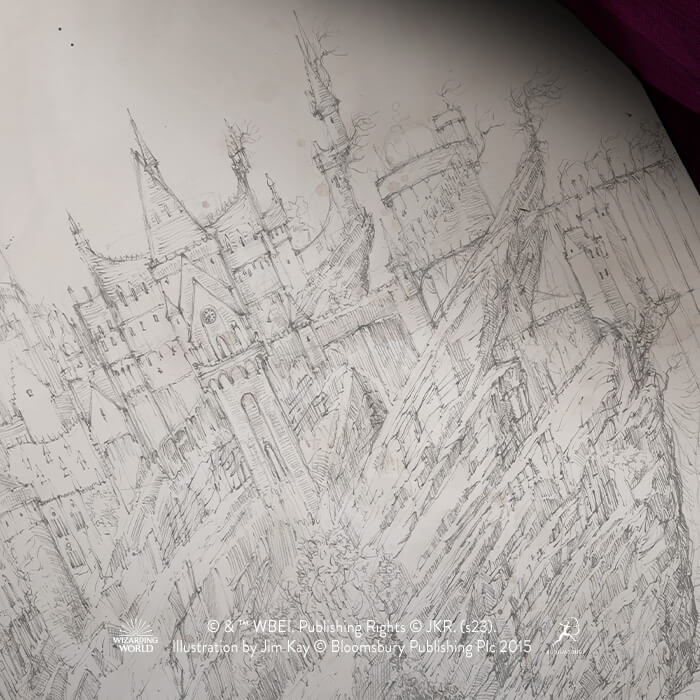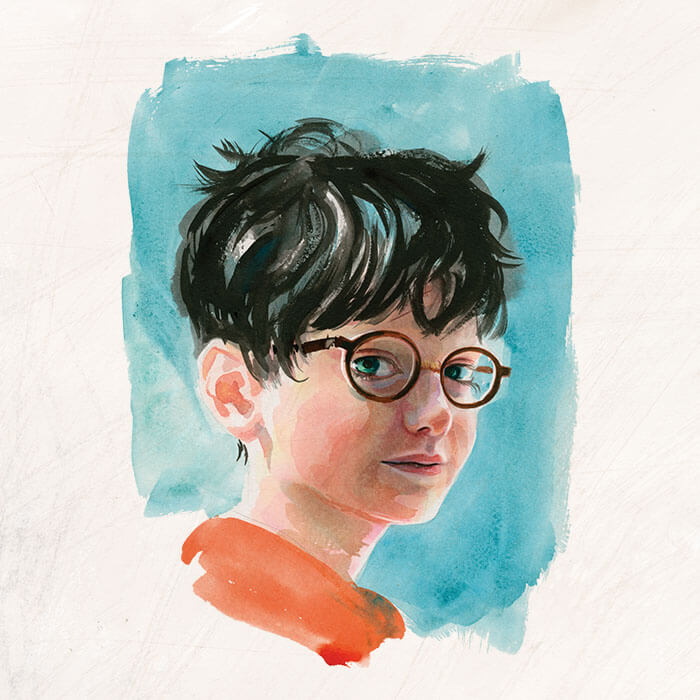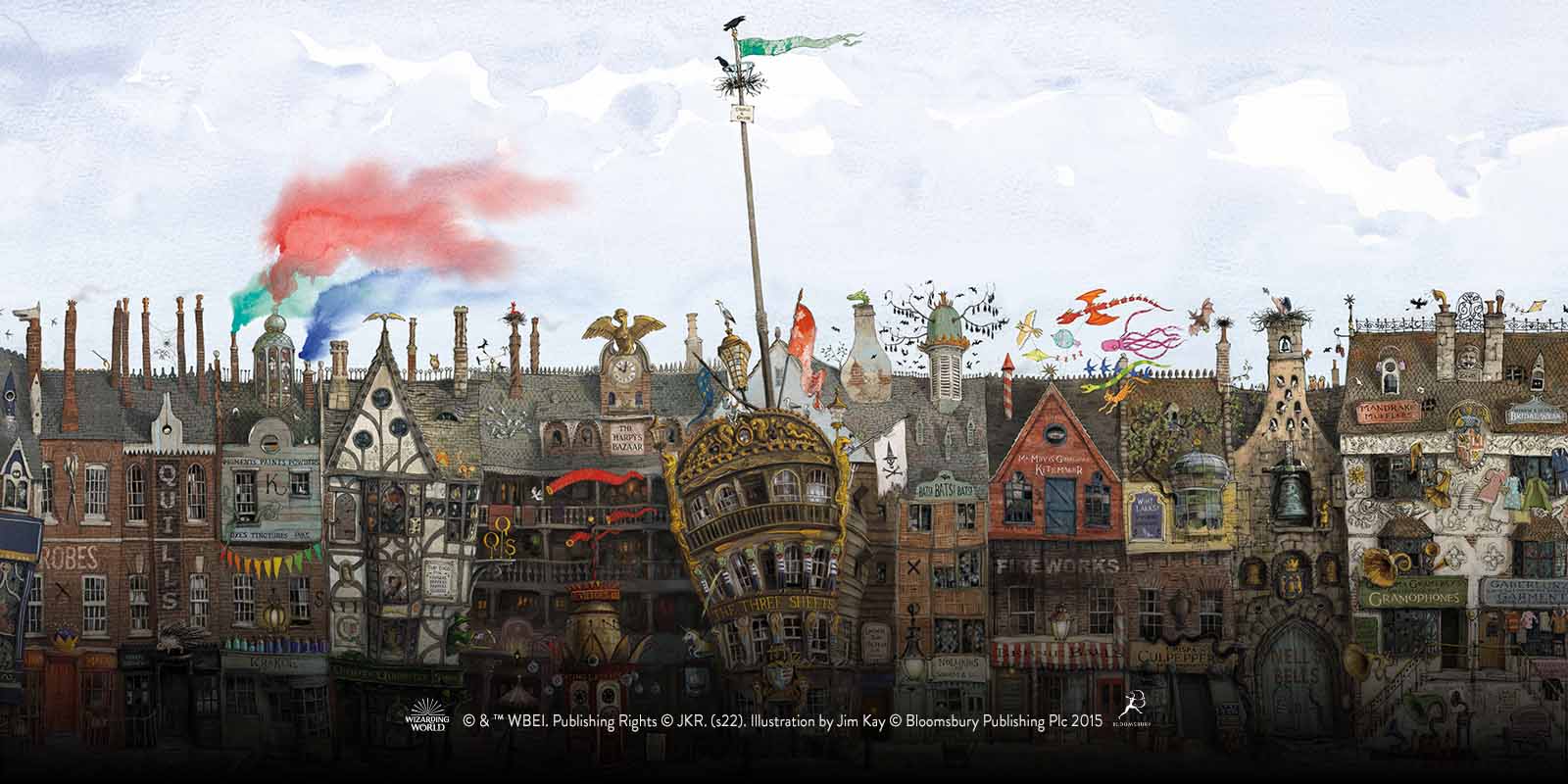Readers of Harry Potter and the Philosopher’s Stone by J.K. Rowling are introduced to the coinage of the non-Muggle world in an early chapter of the story. When Hagrid takes Harry into the unknown via Diagon Alley, the giant talks through the money to his confused companion.
‘The gold ones are Galleons’, he explained. ‘Seventeen silver Sickles to a Galleon and twenty-nine Knuts to a Sickle, it’s easy enough.’
Rubeus Hagrid

From Hagrid’s summary and other references in Harry Potter and the Philosopher’s Stone, we gather that this coinage system is somewhat straightforward; it comprises three denominations struck in three different types of metal: gold Galleons, silver Sickles and bronze Knuts.
The coin names roll off the tongue in much the same way as the words pounds, shillings and pence, and there are some connections between the coinage of the wizarding world and the United Kingdom’s pre-decimal coinage.
With three values – pounds, shillings and pence – the pre-decimal system seems simple but, as with the wizarding world, the comparative values are what make things confusing to many people today. The system consisted of a pound of 20 shillings or 240 pence, and for centuries there were no coins corresponding in value to the shilling or the pound. By the time of decimalisation in 1971 there were many different denominations circulating, including the farthing, halfpenny, penny, threepence, sixpence, shilling, crown and pound.
The pound as a unit of currency of 240 pence originated during the reign of William I (1066–89), but it was not until 1489, during the reign of Henry VII, that a pound coin emerged. It was an impressively large gold coin given the name of the ‘Sovereign’ and designed to reinforce the Tudors’ right to rule. Towards the end of Henry VII’s reign, this pound was joined by a shilling; struck in silver it became a useful denomination in the nation’s currency.
The evocative names of the coins in the magical world are echoed through the history of British coinage, with coins such as the Angel, Leopard and Ryal. At times, gold, silver and bronze coins would also have been in circulation including during the reign of Queen Victoria, when gold sovereigns, silver crowns and bronze pennies were part of the currency.
Decimalisation introduced a new system and some confusion for older people. Introduced in 1969, just prior to this significant moment in the UK’s coinage history, the 50 pence piece soon became popular across the nation. Many people collect 50p coins and the distinctive seven-sided shape of the coin has featured many celebrated designs over its more than 50-year history, including: the rarely seen Kew Gardens design, our Peter Rabbit series, and a design commemorating the 950th anniversary of the Battle of Hastings.
The 50p coin also makes an appearance in Harry Potter and the Philosopher’s Stone, making quite an impression on Ron Weasley when he comes across one taped to a card as a typically miserly Christmas present given to Harry by the Dursleys.
‘Weird!’ he said. ‘What a shape! This is money?’
The Harry Potter coin collection includes UK 50p coins struck in gold Proof, silver Proof and Brilliant Uncirculated editions. The colour-printed edition of the Harry Potter 2022 UK 50p Brilliant Uncirculated Coin is available at £20.00 but unfortunately, we are unable to price it in Sickles and Knuts.
BE INSPIRED

BEHIND THE HOGWARTS DESIGN WITH JIM KAY
Discover More
MEET THE MAKER: FFION GWILLIM
Discover More
SPELLBINDING DESIGNS IN PRECIOUS METALS
Discover More
